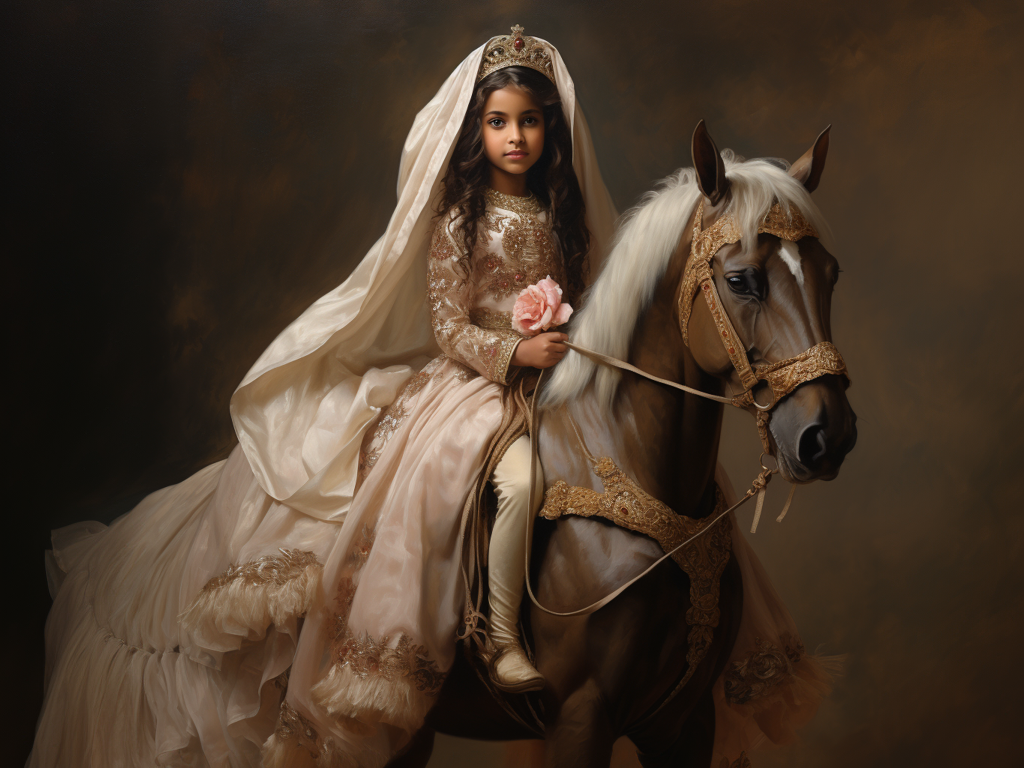Written by Sara Alnashi
Reclaiming the Primitive: Modern Dance and the Liberation of the Female Body
Dance has long been associated with celebration, entertainment, and ritual—but rarely is it seen as a radical means of self-inquiry and social rebellion. What if, in moving our bodies, we also moved beyond the constraints of society, gender, and tradition? This blog explores how, in the interwar period of the 1920s and 1930s, dancers like Mary Wigman, Martha Graham, and Katherine Dunham used primitivism as both a method and metaphor to reimagine modern dance—and in doing so, liberated the female body from its classical and cultural constraints.
The central question guiding this exploration is: How did modern dancers in the interwar period use primitivism to challenge societal norms and redefine feminine expression through performance? In turning to elemental forces, ancient rituals, and bodily intuition, these artists created a radical form of expression that challenged Enlightenment values, industrial rationalism, and patriarchal narratives. Their work reveals how performance could embody spiritual transcendence, social critique, and personal liberation—all in a single breath or beat.
Primitivism and the Crisis of Modernity
The interwar period was a time of seismic upheaval. The scars of World War I, the rise of industrialism, and the disillusionment with Enlightenment ideals pushed artists to seek authenticity in what they viewed as primal and elemental. In art, literature, architecture, and dance, the Expressionist movement sought to reject logic and embrace the irrational, the emotional, and the physical. The human body became the site of this exploration, and dance—the most ephemeral of all arts—became a potent vehicle for transformation.
Freudian and Jungian theories of the unconscious permeated artistic practice. The desire to express the subconscious through symbolic and spontaneous gestures led to the development of Ausdruckstanz (German for “expressive dance”), a movement that emphasized improvisation, ritual, and cosmic harmony. In this new dance language, artists did not simply perform; they embodied forces beyond the self.
Mary Wigman: Dance as Possession
Mary Wigman emerged as a central figure in the German Ausdruckstanz movement. Her works were marked by symbolic abstraction, primitive rituals, and metaphysical exploration. In her 1926 piece “Hexentanz” (“Witch Dance”), she wore a Japanese Noh mask and performed as if possessed, her jagged, feral movements simulating a trance state. The mask became a tool of transformation—concealing ego and revealing spirit.
Wigman’s performances reflected a deep belief in the body as a vessel for invisible forces. She rejected the structured elegance of classical ballet in favor of earthy, barefoot movements aligned with gravity and the rhythms of nature. In doing so, she liberated the female body from ornamental objectification and reimagined it as a source of mystical and emotional power.
Martha Graham: Mysticism and Modernity
Across the Atlantic, Martha Graham was developing a unique vocabulary that blended modernist abstraction with Freudian depth psychology. Her pieces such as “Heretic” (1928) and “Primitive Mysteries” (1931) dramatized the tension between the individual and society, the sacred and the profane, the civilised and the primitive.
In “Heretic,” Graham plays a prophetic outsider rejected by a wall of uniform female bodies—a stark metaphor for patriarchal repression and the fear of the Other. In “Primitive Mysteries,” she assumes the role of a ritual leader, drawing from Native American and Mexican traditions. Through minimal, angular movements and slow pacing, she transforms folkloric content into avant-garde choreography, challenging Freud’s assumption that women are incapable of transcending instinctual drives.
Graham both reflected and resisted Freudian ideology. Her work affirmed the power of the feminine unconscious but also asserted its capacity for discipline, control, and authorship.
Katherine Dunham: Anthropology and the Black Body
Katherine Dunham bridged art and anthropology in a revolutionary synthesis. Trained in both ballet and cultural studies, she traveled to the Caribbean in the mid-1930s to study dance in Haiti, Jamaica, and Trinidad. There, she encountered Carnival rituals and spiritual ceremonies that revealed dance as a form of resistance, liberation, and identity.
Dunham distinguished between the “primal” (personal, fetal origin) and the “primitive” (universal, cultural origin). She translated Haitian ceremonial movements into concert dance, fusing them with modern and classical techniques. Her breakthrough work “L’Ag’ya” transformed folk traditions into romantic narratives that dignified Black expression and defied racial stereotypes.
Unlike Graham, Dunham embraced hybridity and sensuality unapologetically. Her “Dunham Technique” foregrounded the hips, spine, and solar plexus as sources of power—challenging both racial prejudice and gender constraints.
Modernist Primitivism and Feminine Liberation
In revisiting the primitive, these artists were not regressing but recovering. They sought not to imitate but to distill. Each, in her own way, reclaimed the body as a site of knowledge, mystery, and agency. Through performance, they redefined femininity as mystical, powerful, and deeply connected to the rhythms of life and the unconscious.
This era reminds us that to transcend art, we must treat ourselves as art—to strip away the accretions of social expectations and rediscover the primal wisdom within. Wigman, Graham, and Dunham challenged the gendered hierarchies of their time, liberated the female body from its ornamental confines, and taught us that movement can be a language of resistance and rebirth.
Their legacy endures in the lineage of contemporary dance and in the broader story of women's liberation through art.





